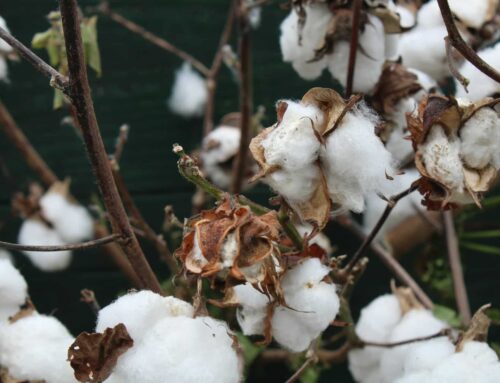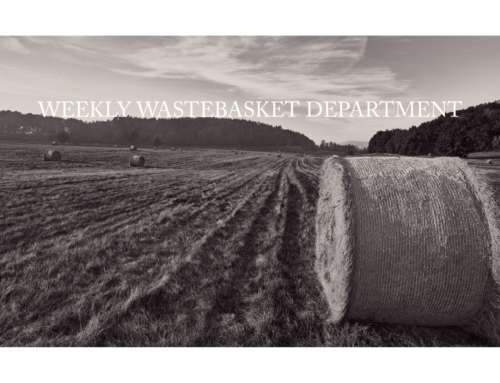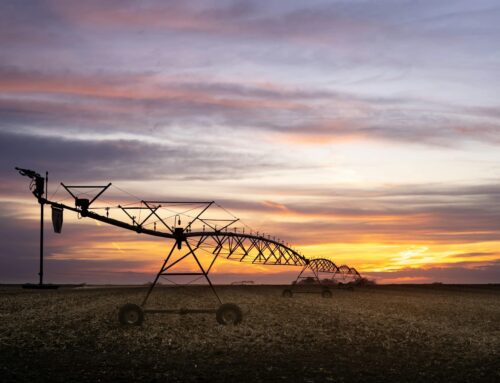By including massive changes to agricultural income subsidy programs in the budget agreement/disaster supplemental bill, lawmakers are putting the final nail in the coffin of any hope for savings from the so-called farm safety net portion of the 2014 farm bill.
Farm bills always cost more than promised. This is a trend we documented when Congress was debating the nearly $1 trillion 2014 farm bill. At the time, the 2002 farm bill was $130 billion (30 percent) more expensive than originally scored, and the 2008 farm bill was on pace to be nearly $300 billion (40 percent) more expensive. Lawmakers promised 2014 would be different. Members of the Agriculture committees repeated, ad nauseam, that their bill saved $23 billion. The Congressional Budget Office (CBO) even seemed to partially agree, releasing an official score of $956 billion, fully $16.6 billion in deficit reduction. But in the discrepancy between the committees’ claim of $23 billion in savings and CBO’s official $16.6 billion lay the seeds of what would blossom into a costly business-as-usual trillion dollar farm bill.
Projected savings from the 2014 farm bill were never real. First, in their tally, the committees claimed nearly $8 billion in across-the-board cuts, cuts they actively opposed. The bulk of the rest of the so-called savings was due to accounting gimmicks and budget trickery. The committees bowed to political pressure and eliminated the direct payments program, which sent checks to owners of farmland every year regardless of whether one lost their entire crop or had the most profitable season in history. CBO’s calculated savings equaled $40.845 billion over ten years. Instead of pocketing that savings the Ag committees plowed it into new agricultural income entitlement programs. And that’s where things got interesting.
The Agriculture Risk Coverage and Price Loss Coverage programs created in 2014 were budget busters from the start. Plenty of people, including us, warned that the costs were underestimated, but the committee refused to budge.
- Crop prices the CBO used to calculate program impacts for years 2014-2023 were based on the May 2013 spending baseline. CBO had a more recent baseline, forecasting lower crop prices and therefore an increase in both the likelihood and size of payments. The committees refused to recalculate program costs with these more accurate numbers.
- The mechanics of the program also undersold their costs. As the law is written, if a payment is necessary “the payments shall be made beginning October 1, or as soon as practicable thereafter, after the end of the applicable marketing year for the covered commodity.” The marketing year runs the year after a crop is harvested. October 1 just so happens to be the first day of the government’s fiscal year. So payments for crops planted in 2014 crop did not go to producers until FY2016. So while ARC/PLC cost “$0” in FY14 and FY15, it’s simply because checks just hadn’t been cut. This means only 8 years of potential payments are in the original baseline, compared to 10 as with other programs.
- Timing shifts are also present in the fact the 2014 farm bill was always intended to be a 5-year bill, not a 10 year one. Congress attempts to pass farm bills every five years. Many farm bill programs are actually only authorized for five years. But CBO is required to calculate a bill’s impact (cost or savings) over a 10 year period. So, for people interested in what’s actually likely to occur, CBO scores of farm bill program costs in years 6-10 are less important than costs in years 1-5. The law is likely to be very different in years 6-10 because programs will be replaced by a new farm bill. The 2014 farm bill conveniently designed programs that increased spending in the first five years, while pushing most savings to the last five years. What a strange coincidence!
Nearly four years into the 2014 farm bill it’s clear that the agricultural income subsidy programs are budget busters. While savings in both conservation and nutrition programs are accumulating much faster than anticipated, savings from the agricultural business welfare side is falling short. Supplemental disaster programs, originally projected to cost $3.7 billion over 10 years, have already cost $6.2 billion in just the last three. The original $27 billion price tag for ARC and PLC has been upped to $45 billion. Only dairy programs and crop insurance are coming in under budget.
But actions undertaken in the Bipartisan Budget Act of 2018 will increase spending even more. The bill makes cotton eligible under the ARC and PLC programs by way of manufacturing a new “seed cotton” commodity designation. As Dr. Joe Glauber demonstrated recently, such a program, had it been in effect, would have cost more than $1 billion nearly every other year. Odds are it will be much more expensive than promised. In addition, the bill takes a step toward changing dairy safety net Margin Protection Program closer to the Manufacturing Profits Program by making the program free at lower levels of coverage and increasing taxpayer subsidies for producers that insure higher margins. Combined, these provisions will increase spending at least $1.163 billion.
Finding a member of the House and Senate Agriculture Committees truly concerned about reducing federal deficits is about as easy as finding a needle in a (subsidized) haystack. The latest attempt to selectively open the farm bill to increase taxpayer subsidies for agricultural businesses raising cotton or dairy is just the latest example.
Taxpayers need a better safety net that serves the interests of the entire agriculture sector, including consumers that use agricultural goods, communities impacted by agricultural production, and federal taxpayers that are footing the bill. Congress and the administration must cast a critical eye on the performance of federal agriculture programs in wake of the 2014 farm bill. The goal must be to create a cost-effective, transparent safety net for agricultural producers that is responsive to current needs and conditions, and in which all parties are held accountable for producing results benefiting the public interest.














Get Social